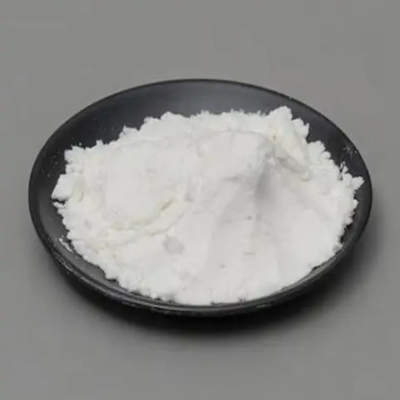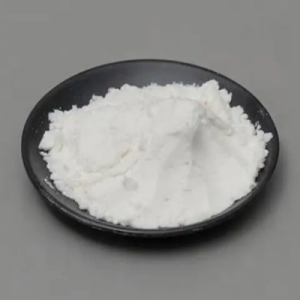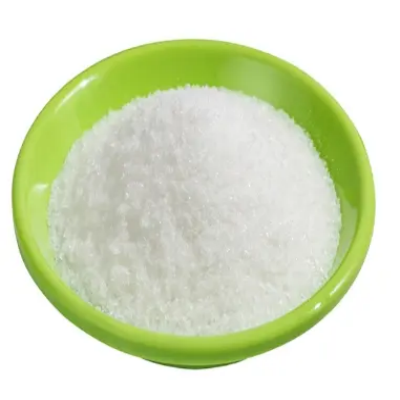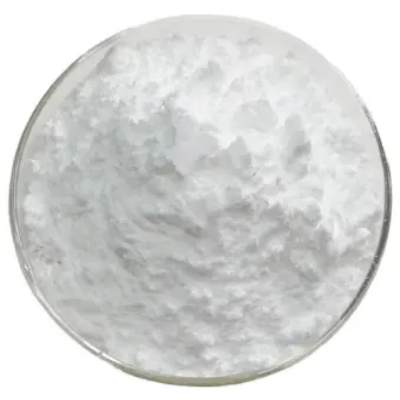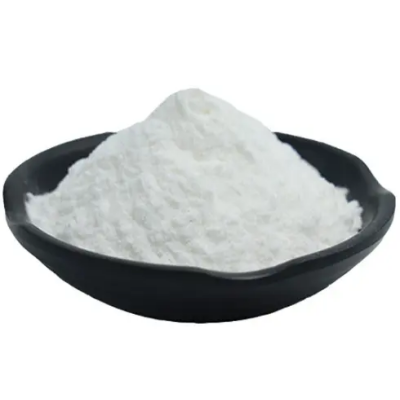pyridine-3-sulfonyl chloride CAS:312307-38-3
Pyridine-3-sulfonyl chloride exhibits a distinctive molecular structure with diverse applications, explored comprehensively below. Chemical Structure and Properties The compound's structure integrates a pyridine ring substituted with a sulfonyl chloride group at position 3. This arrangement significantly influences its chemical behavior, affecting reactivity, solubility, and compatibility with various reaction conditions. The presence of the sulfonyl chloride moiety introduces specific electronic effects that play a crucial role in modulating its properties and applications in synthetic chemistry. Synthesis Methods and Applications Synthesis of pyridine-3-sulfonyl chloride typically involves the reaction of pyridine with chlorosulfonic acid under controlled conditions, followed by purification to isolate the desired product. The synthesis process requires careful handling due to the reactive nature of the sulfonyl chloride group, ensuring high purity and yield essential for its applications in pharmaceutical and material science research. Its synthesis pathway highlights its utility as a versatile intermediate in organic chemistry, facilitating further derivatization for specific applications. Pharmacological and Material Science Relevance In pharmaceutical research, this compound serves as a critical building block for designing bioactive molecules and pharmaceutical intermediates. The sulfonyl chloride functionality can be selectively modified to tailor the compound's pharmacokinetic properties and enhance its biological activity against specific disease targets. Additionally, in material science, pyridine-3-sulfonyl chloride contributes to the development of functional materials such as ligands or catalysts, where its structural and electronic properties are optimized for efficient performance in diverse applications. Environmental and Technological Applications Beyond pharmaceuticals and materials science, pyridine-3-sulfonyl chloride holds promise in environmental applications, including the development of chemical sensors or catalysts for environmental monitoring and remediation. Its versatile chemical structure allows for modifications that can optimize properties relevant to sustainability and industrial efficiency, contributing to advancements in environmental technology and innovation. Conclusion Pyridine-3-sulfonyl chloride emerges as a significant compound with broad applications in synthetic chemistry, pharmaceuticals, and material science. Its unique molecular structure, coupled with precise synthesis methods, underscores its importance as a foundational component for developing novel pharmaceuticals, functional materials, and environmental solutions. Future research efforts are likely to focus on expanding its synthetic methodologies, exploring novel applications, and uncovering additional benefits in addressing contemporary challenges across scientific and industrial domains.



| Composition | C5H4ClNO2S |
| Assay | 99% |
| Appearance | white powder |
| CAS No. | 312307-38-3 |
| Packing | Small and bulk |
| Shelf Life | 2 years |
| Storage | Store in cool and dry area |
| Certification | ISO. |


